At a KSJ seminar, the MIT physicist and historian David Kaiser uses dessert, conspiracy theory, and the occasional particle detector to explain how scientists are trying to close the loopholes in quantum theory.
A Women’s Film Festival With a KSJ Assist
Lauren Whaley (KSJ 2016-17) will introduce the director of “Jackson,” an intimate documentary about three women caught up in the fight to close the last free-standing abortion clinic in Mississippi, to be screened on Thursday, March 9, at MIT’s Women Take the Reel film festival.
Now Live: KSJ-TV
Our new video channel goes live with a feature about a NASA scientist who discovered strange, ancient microbes in giant crystal caves in northern Mexico.
Knight Science Journalism at MIT
For three decades, the acclaimed fellowship program has helped journalists from around the world learn how to better document and illuminate the intersection of science, technology, and human culture.
Conversations With Scientists: A KSJ Video
In a five-minute video by KSJ fellow Iván Carrillo, a range of scientists talk about a range of topics: imagination, creativity, doubt, our planet’s place in the universe.
Alice Dreger on the liberating power of facts
In a seminar for Knight Science Journalists at MIT, the author talks about the battles between scientists and advocates, and warns that investigative journalism is in disarray across the U.S.

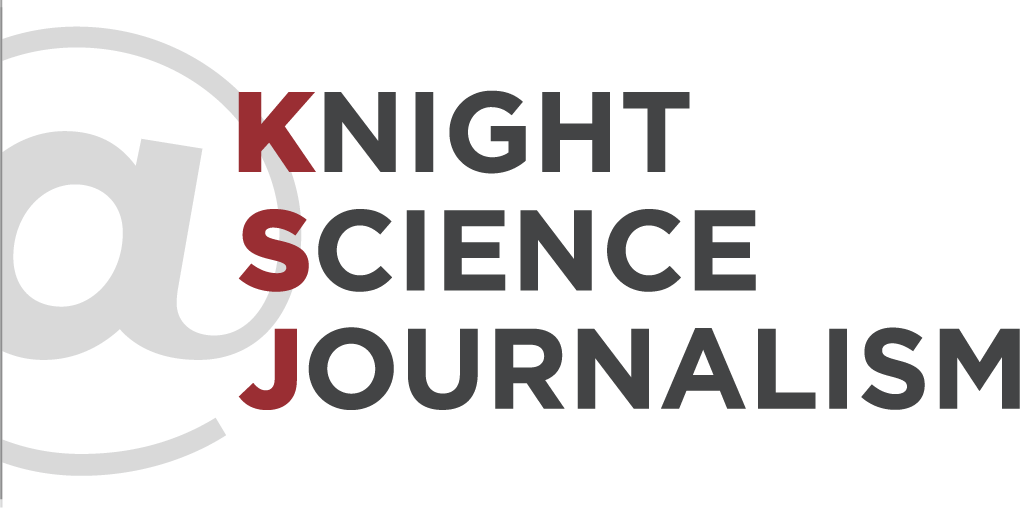
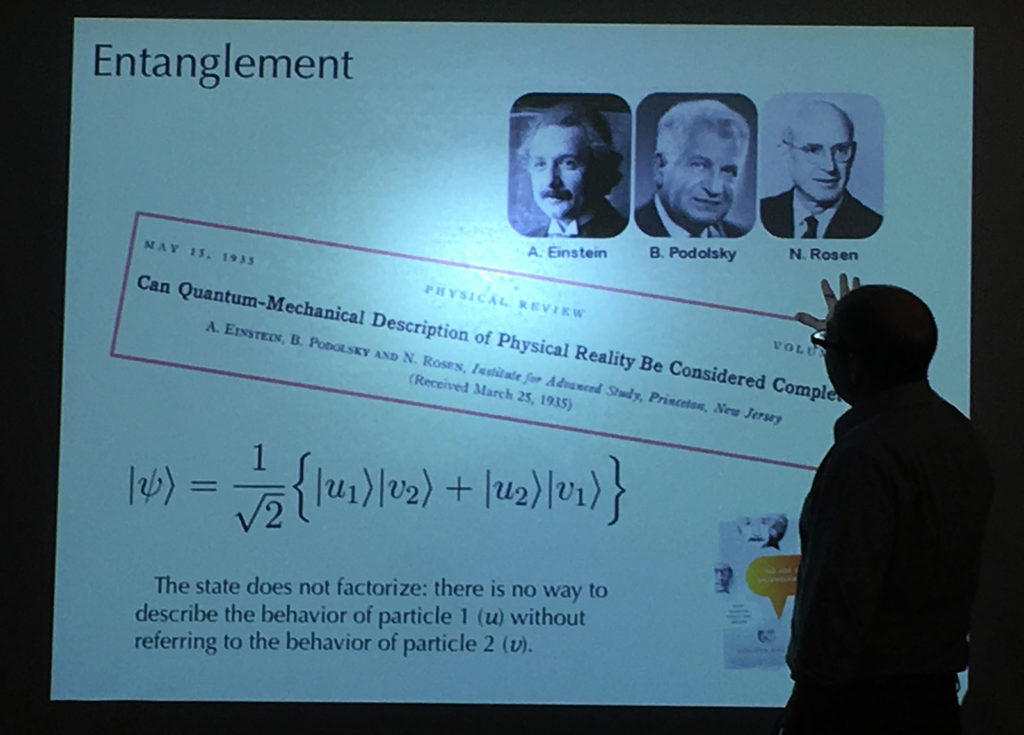 "
"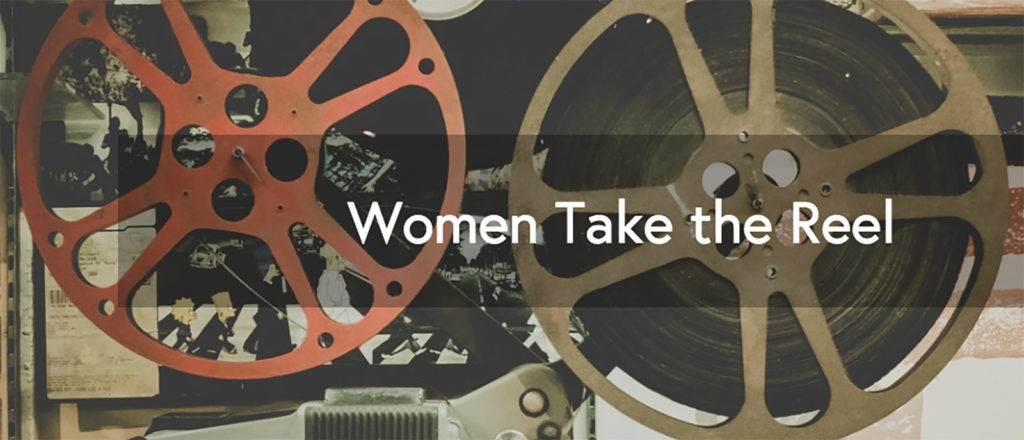 "
"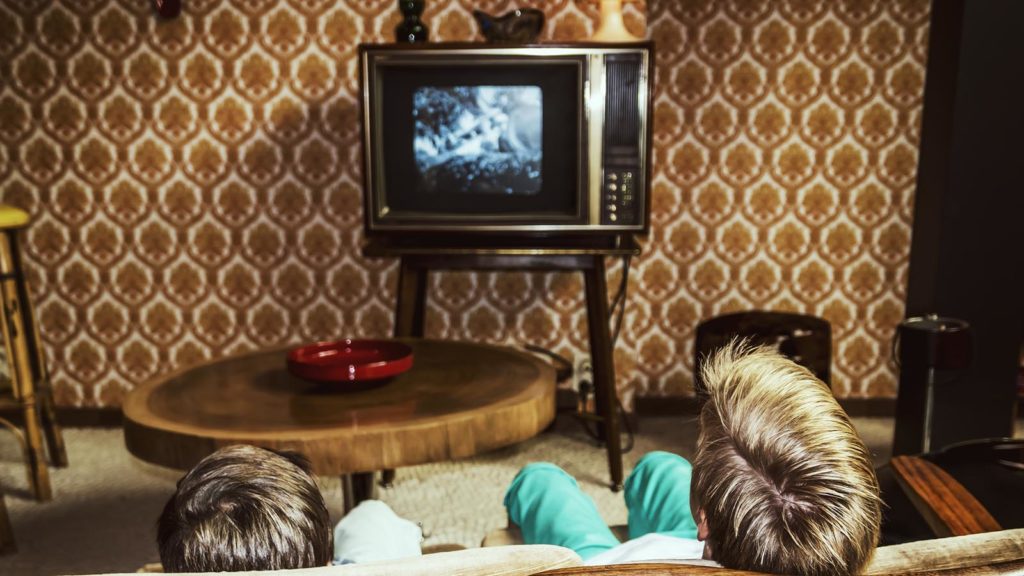 "
"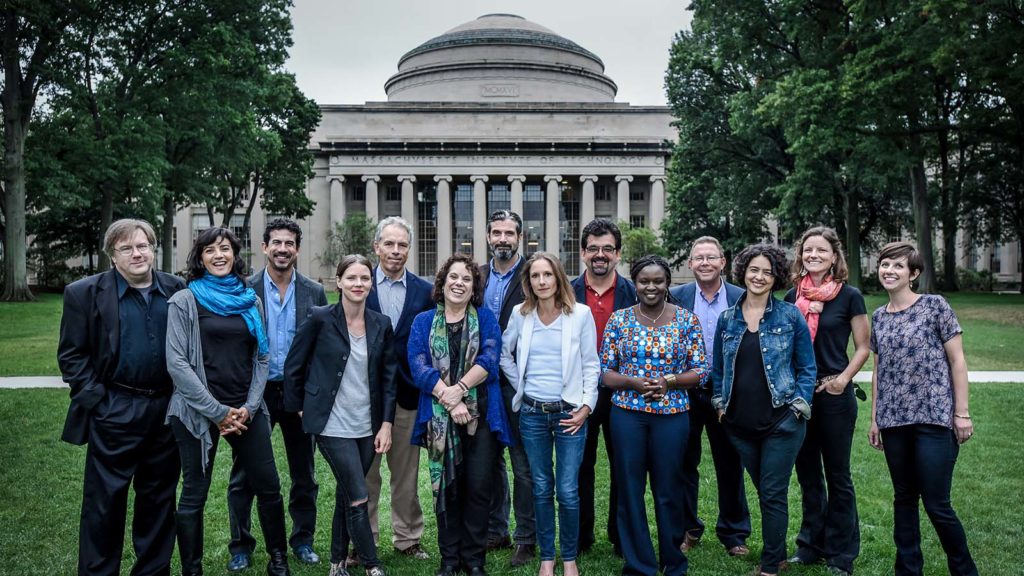 "
" "
" "
"